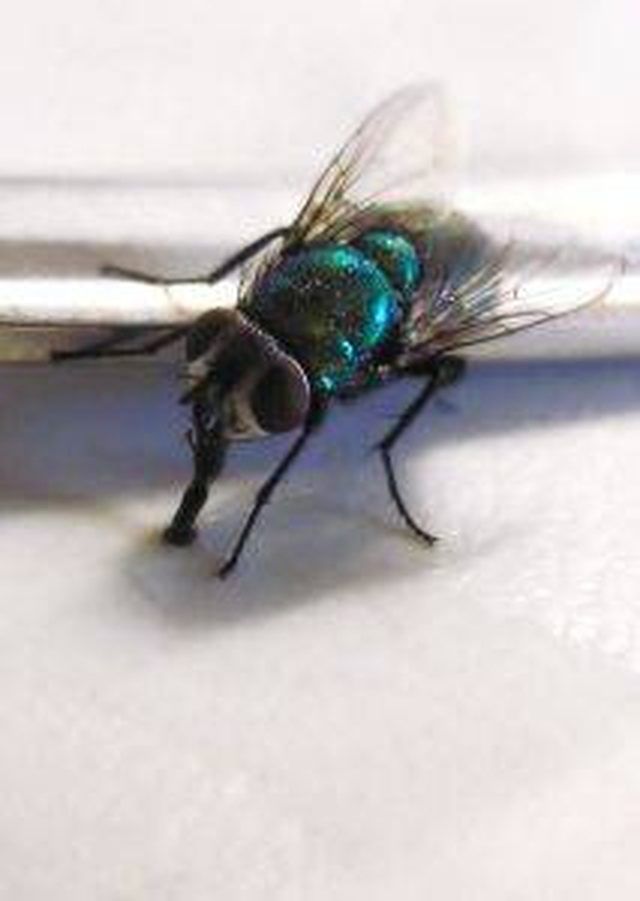Bulbs
Flower Basics
Flower Beds & Specialty Gardens
Flower Garden
Garden Furniture
Garden Gnomes
Garden Seeds
Garden Sheds
Garden Statues
Garden Tools & Supplies
Gardening Basics
Green & Organic
Groundcovers & Vines
Growing Annuals
Growing Basil
Growing Beans
Growing Berries
Growing Blueberries
Growing Cactus
Growing Corn
Growing Cotton
Growing Edibles
Growing Flowers
Growing Garlic
Growing Grapes
Growing Grass
Growing Herbs
Growing Jasmine
Growing Mint
Growing Mushrooms
Orchids
Growing Peanuts
Growing Perennials
Growing Plants
Growing Rosemary
Growing Roses
Growing Strawberries
Growing Sunflowers
Growing Thyme
Growing Tomatoes
Growing Tulips
Growing Vegetables
Herb Basics
Herb Garden
Indoor Growing
Landscaping Basics
Landscaping Patios
Landscaping Plants
Landscaping Shrubs
Landscaping Trees
Landscaping Walks & Pathways
Lawn Basics
Lawn Maintenance
Lawn Mowers
Lawn Ornaments
Lawn Planting
Lawn Tools
Outdoor Growing
Overall Landscape Planning
Pests, Weeds & Problems
Plant Basics
Rock Garden
Rose Garden
Shrubs
Soil
Specialty Gardens
Trees
Vegetable Garden
Yard Maintenance
How to Make Fly Traps From Milk Jugs
How to Make Fly Traps From Milk Jugs. Homemade fly traps aren't just economical, they also reduce the need for toxic chemicals. Making your own fly trap out of a milk jug is simple. The process can be completed in less than 10 minutes and at little cost. The most important step is creating a good attractant to put in the bottom of the trap. When...

Homemade fly traps aren't just economical, they also reduce the need for toxic chemicals. Making your own fly trap out of a milk jug is simple. The process can be completed in less than 10 minutes and at little cost. The most important step is creating a good attractant to put in the bottom of the trap. When making the trap, remember that flies tend to fly upward to escape, so don't worry about the size of the holes, as long as they are big enough to let the flies into the jug.
Things You'll Need
Empty milk jug with lid
Drill or nail
Attractant such as vegetable scraps, manure or a small strip of meat
Rinse out the milk jug thoroughly.
Drill or punch a series of holes around the outside of the jug about 3 inches from the bottom. Make the holes large enough for the flies to easily crawl into the jug. Don't worry if the holes are a little too large. The flies are unlikely to escape.
Pour water into the jug until it is about 1/2-inch deep in the bottom.
Remove the lid and add material that is attractive to flies such as a small strip of meat, a small piece of cow manure, vegetable or fruit scraps or anything else with a strong odor that will attract flies.
Place the trap anywhere that flies are a problem.
Add water to the trap whenever it gets low. It's important to keep the bait wet so the smell continues to attract flies.
Empty the container when it becomes filled with flies up to the holes you punched out.
Reserve a little of the original bait from the bottom of the jug when emptying it, and add a little more water and bait to keep the fly trap working.
Tips & Warnings
Move the fly trap frequently, putting it near areas flies gather or by places with strong odors such as garbage cans, manure piles or compost bins.
Buy a commercially prepared fly attractant if you don't want to make your own.
Don't place the traps where animals such as dogs or cats will be tempted to break into them.